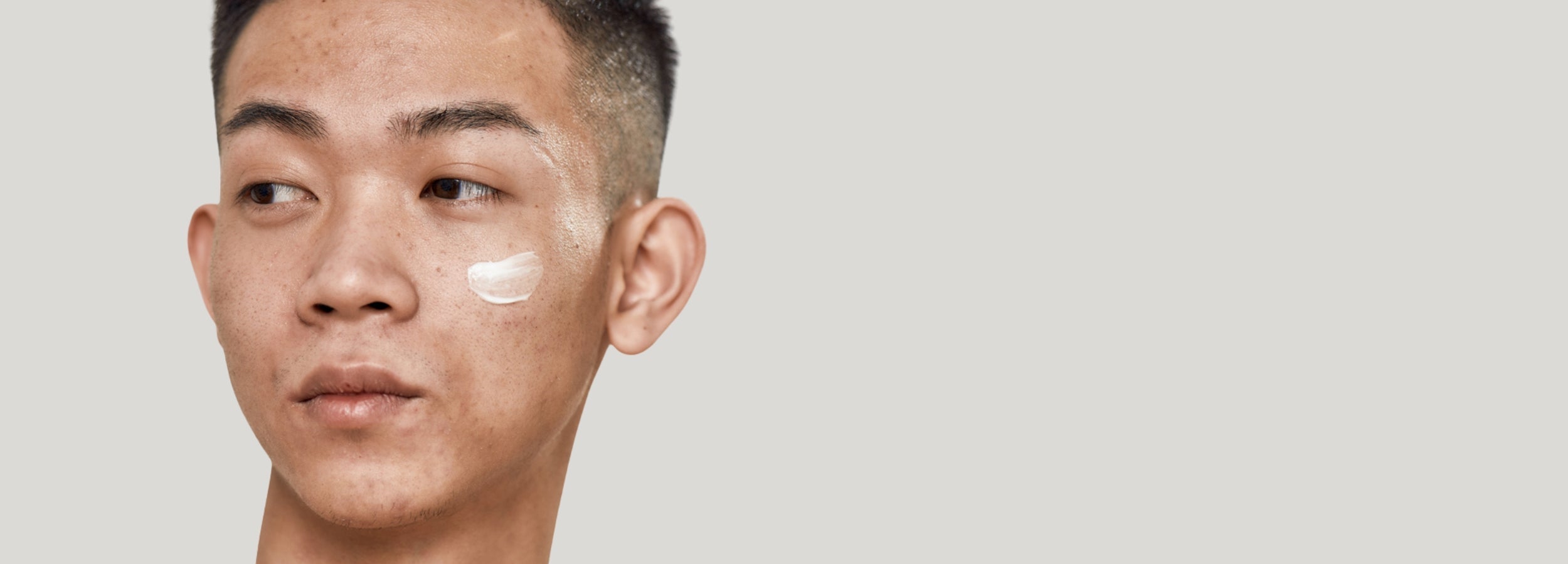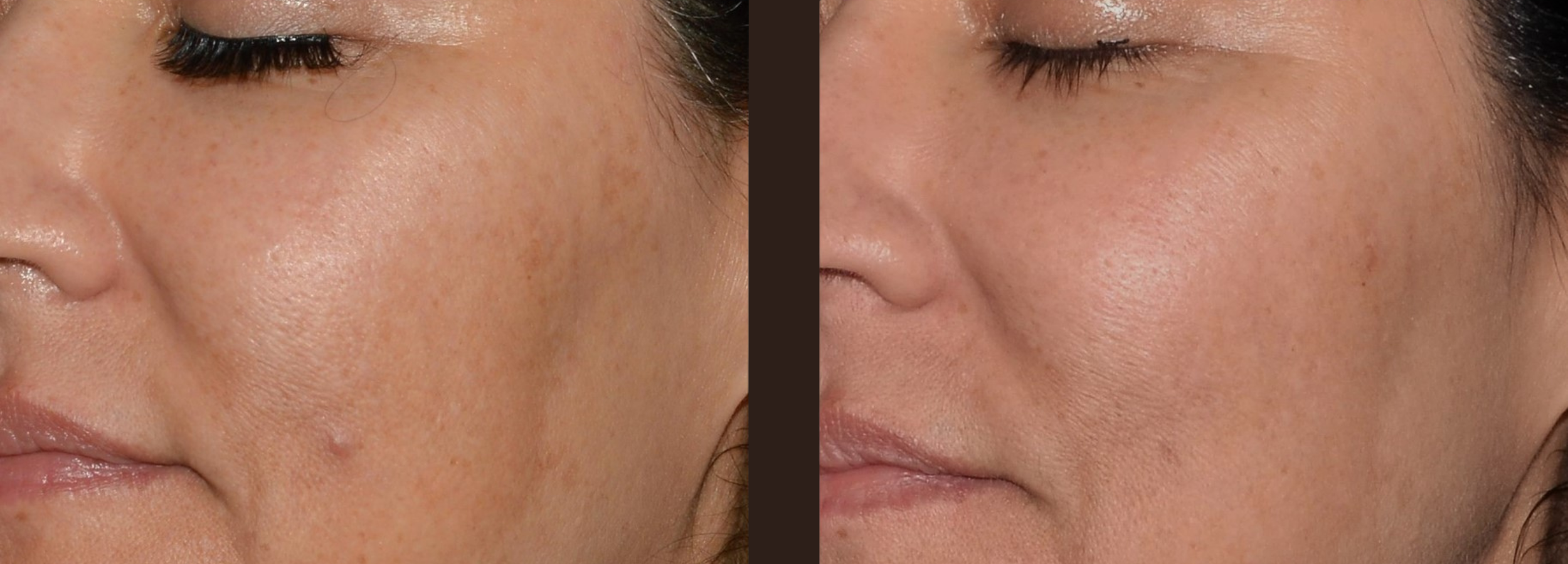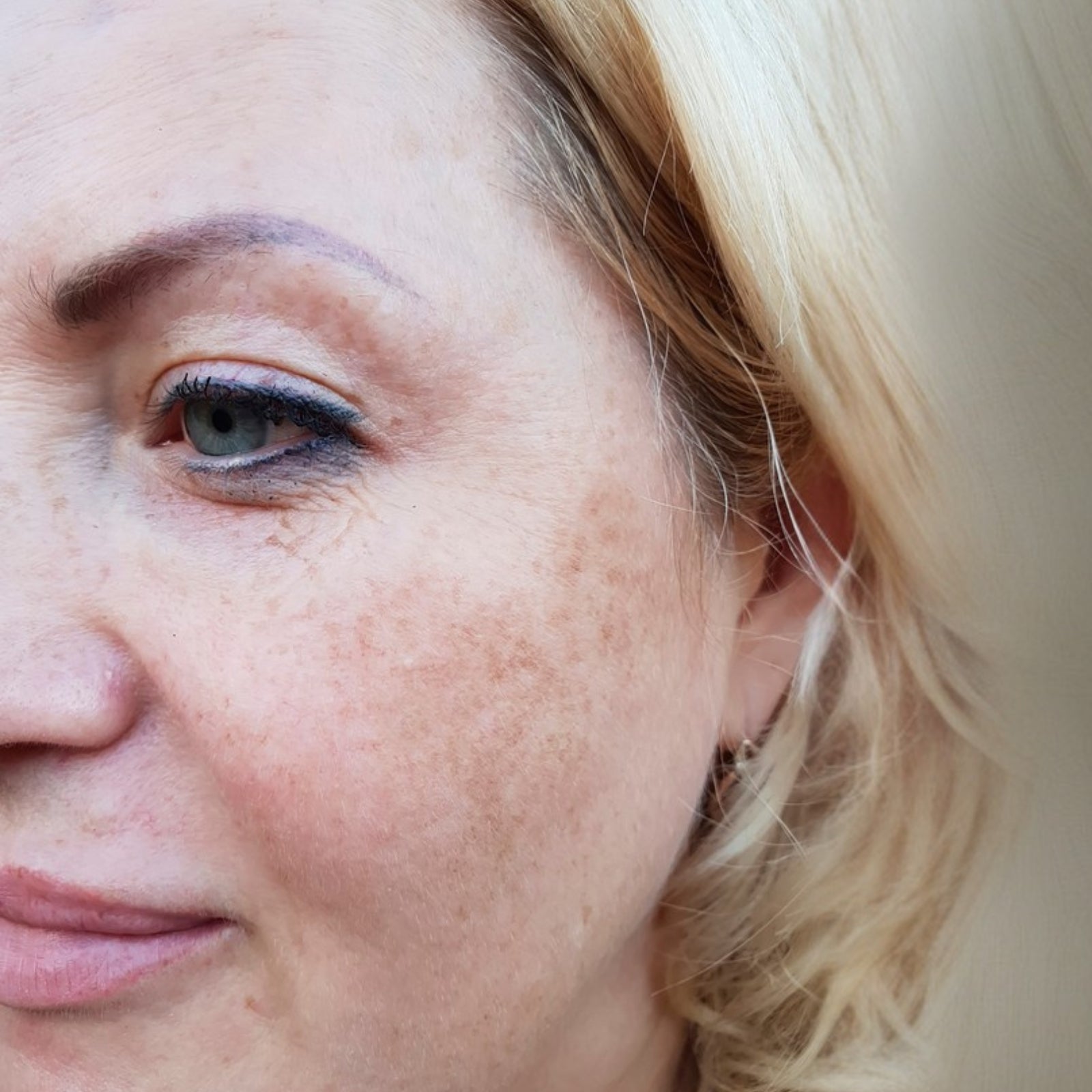Read Laser Treatment Articles

Effective Sun Spot Removal Laser Treatments
I know that choosing the right treatment can sometimes feel overwhelming. In this article, I’ll guide you through the options and considerations, allowing you to embrace healthier, more radiant ski...

Is Acne Laser Treatment Worth the Price?
In this guide, I will explore the various factors that influence the cost of laser treatments, alongside the benefits and potential drawbacks of this option. By the end, my hope is that you’ll have...

Effective Stretch Mark Treatments in Toronto
Are you struggling with stretch marks and seeking effective treatments in Toronto? Discover various options tailored to your needs, including laser stretch mark removal, microdermabrasion, and spec...

5 Myths About Laser Freckle Removal Debunked
Debunking myths on laser freckle removal can save you time and money. Discover the facts about this treatment in Oakville and see if it’s right for you. At Merrion Medical Aesthetics, I’m here ...

Understanding Hyperpigmentation Laser Treatment Options
In this article, we’ll look at the types of laser skin treatment available for hyperpigmentation removal, along with benefits, costs, and key considerations—including hyperpigmentation laser treatm...

Benefits of Laser Therapy in Skincare
Laser therapy is an effective choice for skincare treatments. It can provide great results for those seeking to improve their skin. This non-invasive method can help with many skin issues, like stu...




